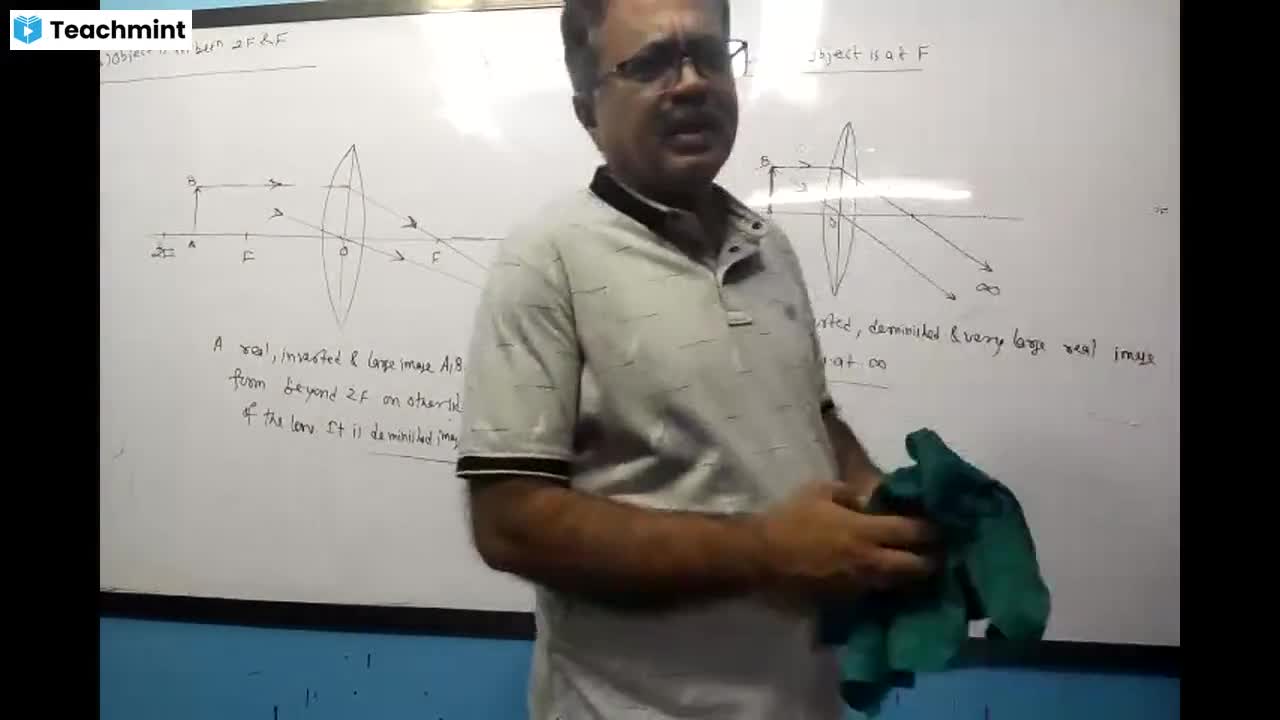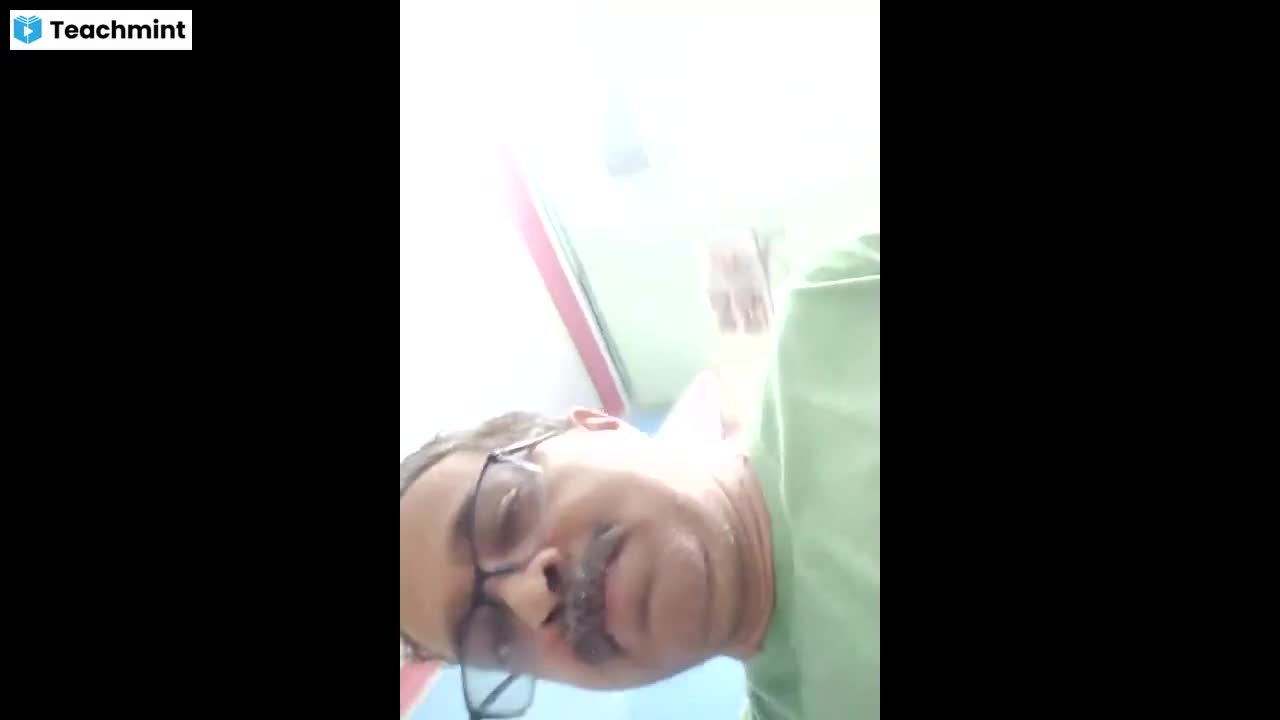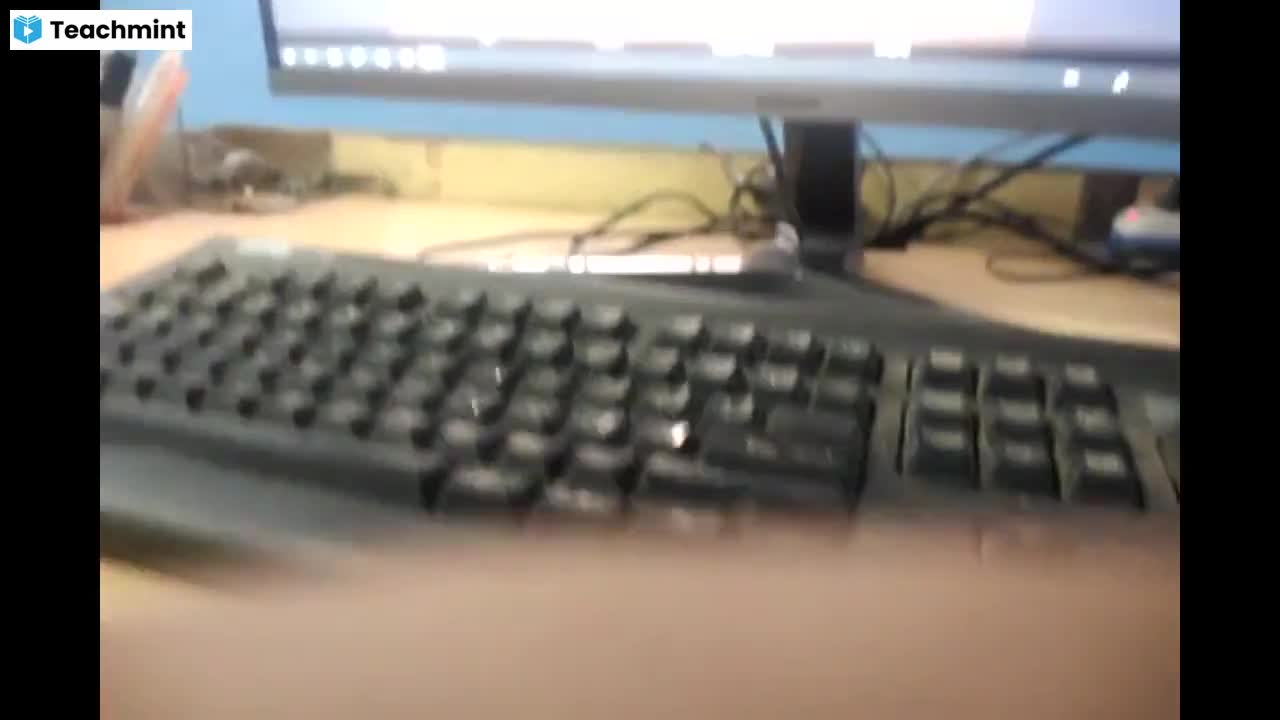Question 1 :
When a ray of light passes from an optically less dense medium to a more dense medium, it :
Question 2 :
State whether the following statement is True or False. <br/>A real image can be obtained by putting an object at any distance from a convex mirror
Question 5 :
What is the power of a concave lens of focal length50 cm?
Question 6 :
Ray optics fail when the size of the obstacle is :
Question 8 :
According to laws of refraction, refraction of light at the boundary between two different regions follow:
Question 9 :
Find the focal length of a convex lens, if its power is +2.0 D.
Question 10 :
Four students perform an experiment on tracing the path of a ray of light passing through a rectangular glass slab. Their individual observations are:<br>identify the incorrect observation and correct them.<br>
Question 11 :
When light is refracted from a surface, which of its following physical parameters does not change?
Question 13 :
The radius curvature for a convex lens is $40\ cm$, for each surface. Its refractive index is $1.5$. The local length will be
Question 14 :
When a ray of light passes through a rectangular glass slab, the angle of emergence
Question 16 :
A convex lens makes a real image $4\ cm$ long on a screen. When the lens is shifted to a new position without disturbing the object, we again get a real image on the screen which is $16\ cm$ tall. The length of the object must be
Question 17 :
What is the nature of image formed by Concave lens ?
Question 18 :
Where should the object be placed in front of a concave mirror so that the image formed is of the same size as the object?
Question 19 :
If in a plano-convex lens, the radius of curvature of the convex surface is 10 cm and the focal length of the lens is 30 cm, then the refractive index of the material of lens will be
Question 20 :
Identify the phenomenon due to which a converging lens forms an image :
Question 22 :
Two lenses have powers +D and -2D respectively. The power of combination is:
Question 23 :
Ratio of the sine of angle of incidence to the sine of angle of reflection is:
Question 24 :
Power of a lens is -40 , its focal length is
Question 25 :
A diverging meniscus lens has a focal length of -20 cm. If the lens is held 10 cm from the object, the magnification is :
Question 26 :
A short linear object of length $L$ lies on the axis of a spherical mirror of focal length $f$ at a distance $u$ from the mirror. Its image has an axial length $L$ equal to :
Question 27 :
The angle between reflected and refracted beams is $90^0$in the water air interface. The angle of incidence in water is
Question 28 :
An object is placed at a distance $2 f$ from the pole of a convex mirror of focal length $f$ . The linear magnification is:<br/>
Question 30 :
An object is at 0.08 m from a magnifying lens and the image is formed 40 cm from the lens. The magnification produced is 















































